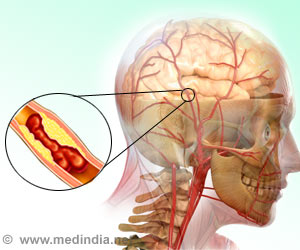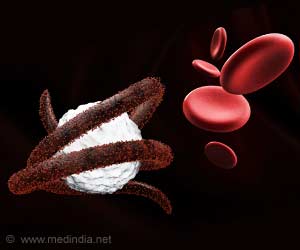When these blocks burst, they can release material into the bloodstream that blocks oxygen from reaching the heart or brain. There is no way to determine precisely when a blood vessel block will rupture.
Previous studies have relied on carotid artery samples obtained after the patient’s death or months after the stroke or heart attack. This either limits the information that can be obtained or misses events that occur only at the time of rupture.
What Happens Inside the Blocked Blood Vessel During Stroke?
For the first time, the current study sequenced the RNAs in blood vessel blockage from patients who had experienced a stroke within two to five days. In doing so, the team created a picture of the RNAs active closer to the time of rupture than previously possible.
Advertisement
They found that blockages that rupture have increased inflammation coupled with processes that would cause the loss of a portion of the plaque that protects against rupture, known as the fibrous cap.
Surprisingly, the researchers found that ruptured plaques had increased B-cell markers, a white blood cell whose role in plaque rupture has not previously been appreciated.
Carotid artery blockage is a common cause of some ischemic strokes, which happens when the blood supply to part of the brain is interrupted, preventing brain tissue from getting necessary oxygen and nutrients.
Because the mechanisms that lead to some strokes and most heart attacks involve the same blood vessel rupture events, these findings also have implications for heart disease.
Identifying the genes that promote the thinning of these blood vessel blockages gives us new targets for therapeutics and diagnostics to prevent heart attacks and strokes.
Source: Medindia



